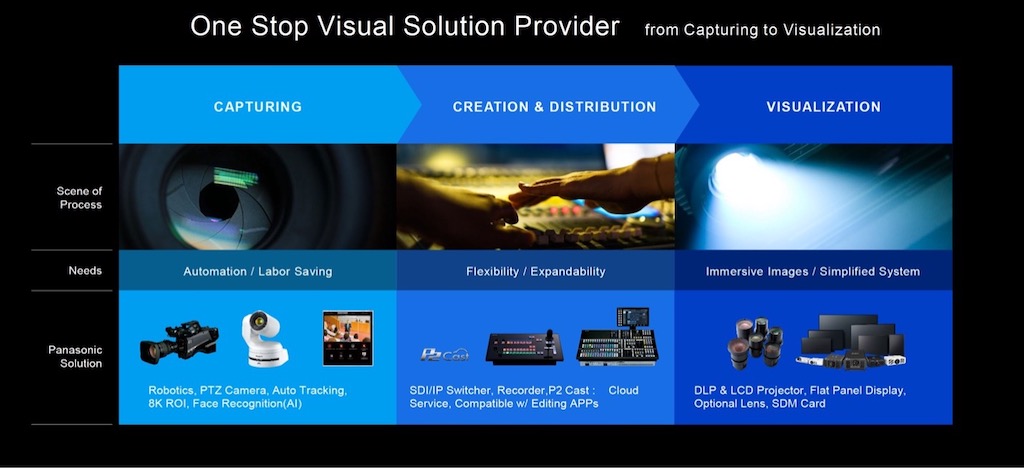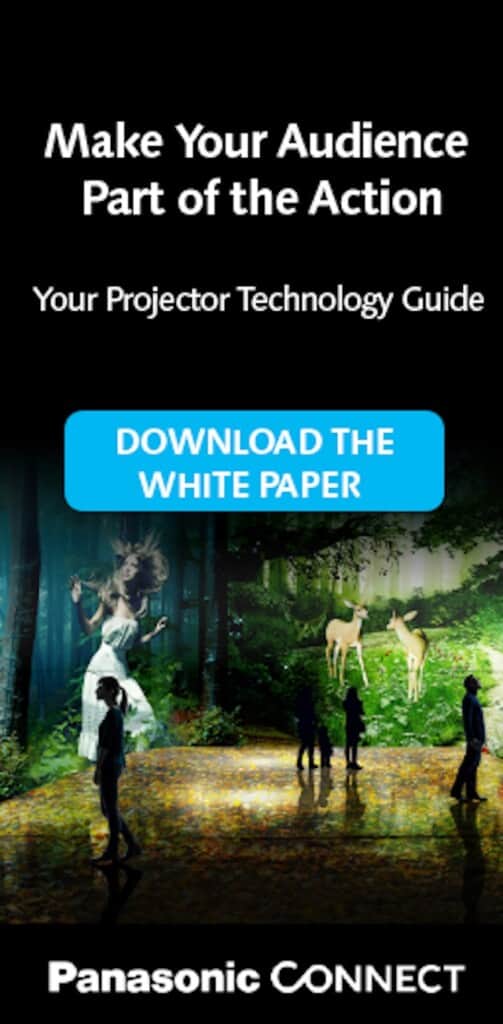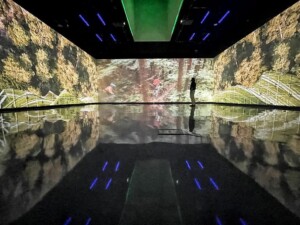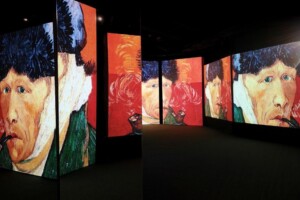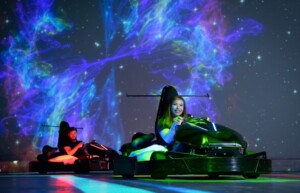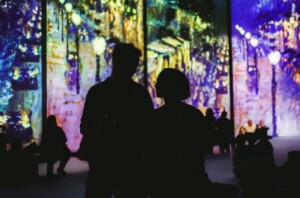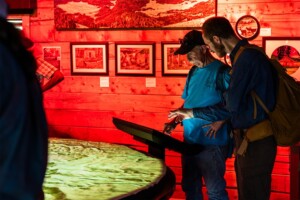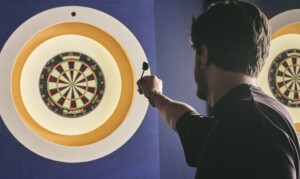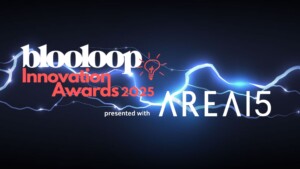Over a series of articles, I’ll explain how Glass-to-Glass (G2G) solutions and hybrid experiences have evolved to put the technology within your reach and how a tech partner can help you find your way forward.
The pandemic has accelerated a shift towards hybrid experiences. These allow people to participate in events from home or wherever they are. They also create opportunities for businesses to engage a larger audience. Live-streaming events are now commonplace. For instance, sports teams, festivals, concerts, museums and art galleries, theme parks, trade shows, FECs, houses of worship, conferences, and more are sharing their events online. This can make experiences more Inclusive, Diverse, Equitable, and Accessible (IDEA).
The transition to hybrid is well underway. For example, the Smithsonian American Art Museum and the National Portrait Gallery in Washington, D.C., have live-streamed virtual tours of their galleries. Six Flags Magic Mountain in California has live-streamed rides on some of its roller coasters. Elsewhere, Universal Studios in Florida has also live-streamed its Harry Potter and the Forbidden Journey ride.
Millions enjoyed the Olympic Games Tokyo 2020 and Olympic Winter Games Beijing 2022 despite lockdowns. Coachella 2020 was a virtual event. From work to school to entertainment and beyond, hybrid experiences are the new normal.
Many in the business are still figuring out the best way of sharing the magic through digital channels. And they are exploring how to make the model profitable. What are the benefits of going hybrid? What’s the Return on Investment (ROI)? What do I need to get started?
What is Glass-to-Glass?
Glass-to-glass content production involves capturing footage from a site via a camera lens and distributing the video to a display end-point, such as a projector lens, professional display, or the guests’ device screens.
True G2G, where footage is shot and displayed on-site, is used in studios, eSports venues, churches, concert halls, and sporting arenas. It can also be found in interactive and personalized XR attractions. Increasingly, high-profile events are deploying cameras, projectors, and mesh screens to create holograms. These are broadcast to people around the world, making futuristic entertainment inclusive and accessible.
The use cases for G2G solutions are limitless, especially in the realm of hybrid experiences.
What are the benefits of G2G?
Glass-to-glass solutions for events, attractions, museums, exhibitions, and theme parks provide direct and indirect benefits to operators in terms of improved ROI, profitability, efficiency, marketing, and promotional value. Some highlights include:
- Increased reach: Live-streaming allows for a global audience to view the event, theme-park attraction, trade show, etc., from the comfort of home. This can translate to increased revenue from ticket sales and other sources.
- Promotes IDEA (Inclusion, Diversity, Equity, and Access): Live-streaming can make your event, theme-park attraction, etc., IDEA-friendly so that everyone can participate comfortably.
- Enhanced engagement: G2G solutions enable the creation of interactive, personalized, and entertaining attractions, providing guests with a more memorable experience and encouraging repeat business from continuous guest engagement both on- and off-site.
- New revenue streams: Digital experiences can potentially open new revenue streams through pay-per-view models, subscriptions, advertising, sponsorships, membership initiatives, loyalty programs, etc.
- Marketing and sharability: Airing the experience is an effective way to promote it organically. It can also be used to build customer databases which improve the effectiveness of direct advertising and marketing.
Overcoming the challenges
Some of the challenges of building out Glass-to-Glass using mixed technologies from various suppliers are increasing system complexity and a lack of compatibility between devices. There is also a need for skilled labor. Plus, there can be issues with capture and display codecs, video conversion, AVoIP transmission standards, UX, and system reliability. These can impact workflow efficiency and result in increased labor and cost.
On the display side, legacy lamp-based projectors can be a hassle to maintain and calibrate. Meanwhile, yesterday’s LCD displays lack the visual panache needed to engage guests deeply in the experience. Trying to piece together your own system, or even just troubleshoot a problem, can be costly and frustrating.
As a result, there’s a growing demand for a holistic IP-based G2G solution comprising interoperable devices from a common manufacturer. Each link in the production chain adds its strengths to the whole, delivering immersive experiences without installation hassles and prohibitive operating costs.
It’s a good idea to engage a tech partner who can offer design, consultation, installation, and O&M services for a bespoke Glass-to-Glass solution consisting of devices designed to work together. To this end, Panasonic Connect has merged its experience in the production, entertainment, and events industries to develop G2G solutions that innovate each part of the production chain.
In part 2, I’ll highlight the next-generation technologies that are making G2G production of hybrid experiences more accessible to enterprises of all sizes. I’ll also explore some of the trends that have emerged as a result. Until then, to learn more about G2G technology and how we can maximize your capital investment in hybrid experiences, please click here or contact me via email.
Top image: DJ YVES V’s live-stream by Panasonic & AED group.


